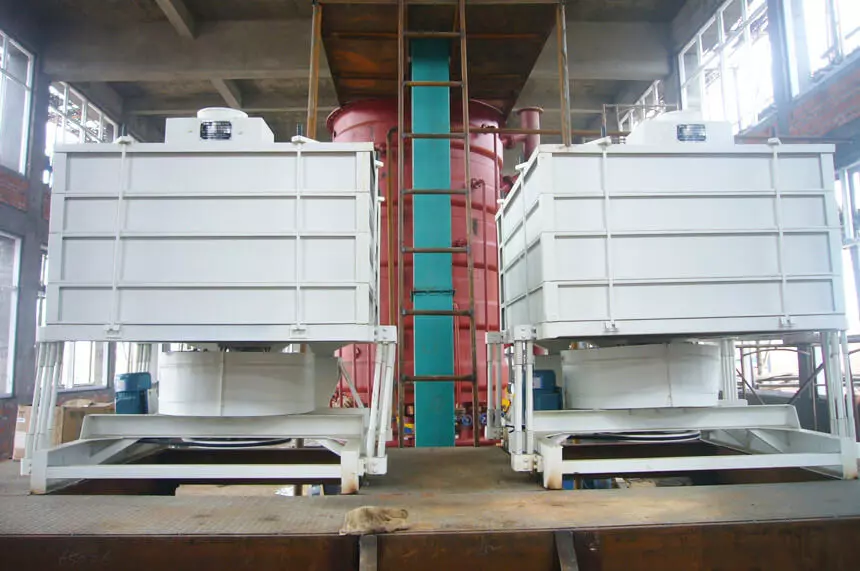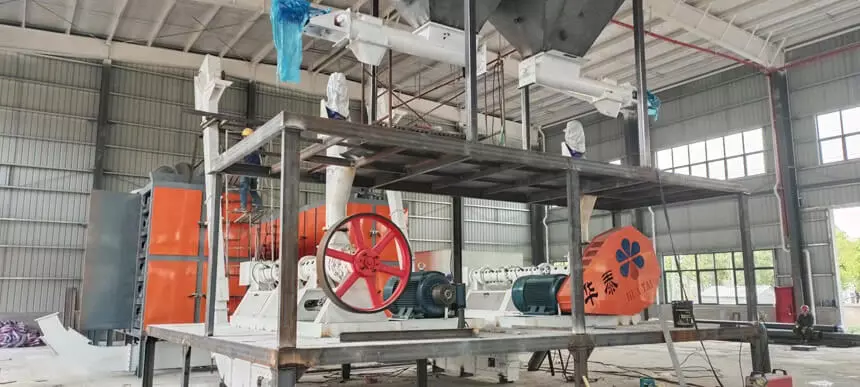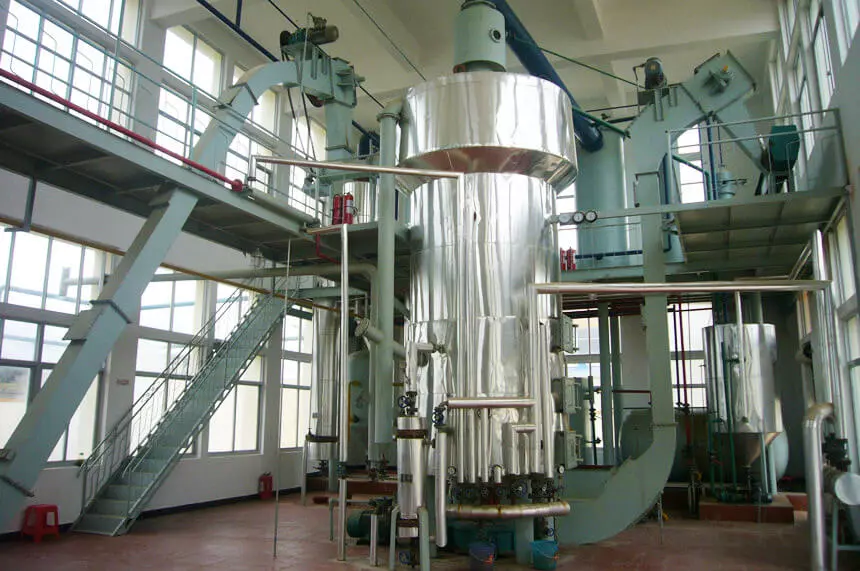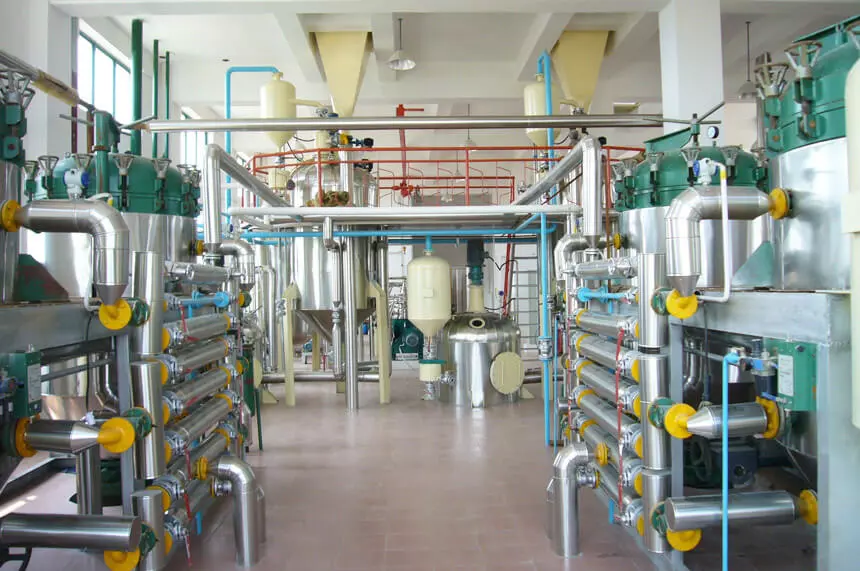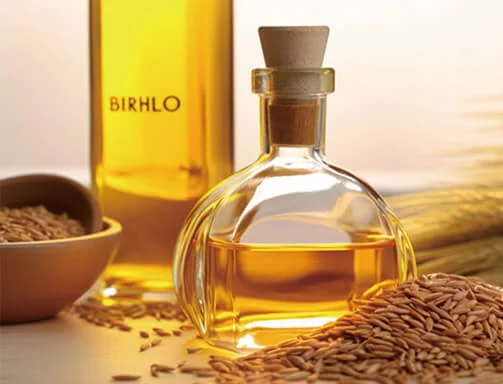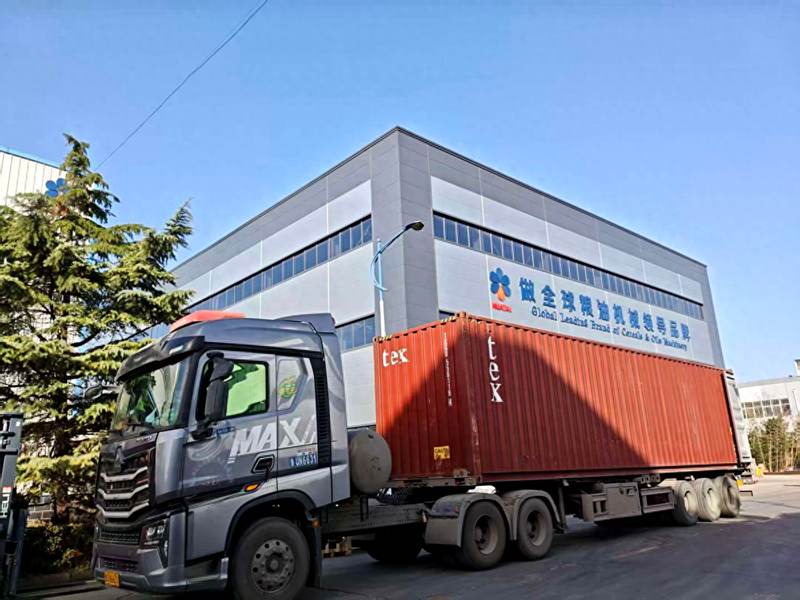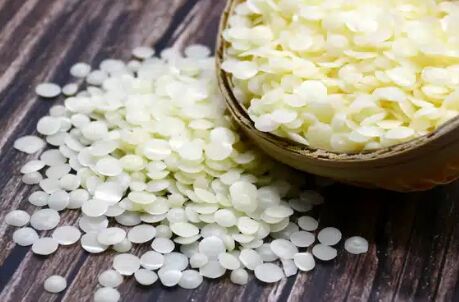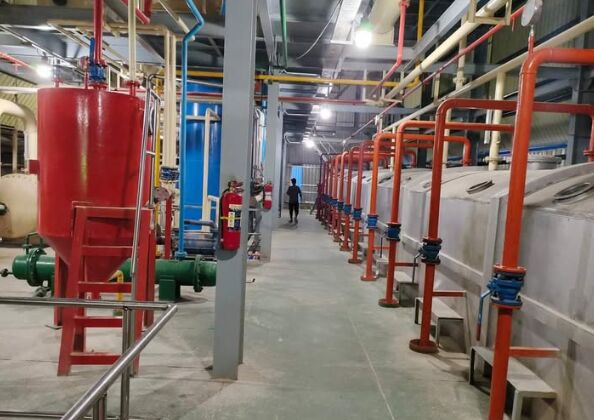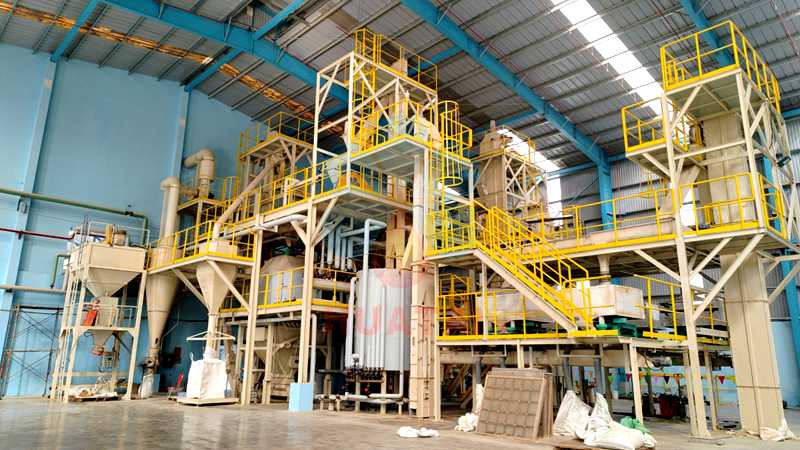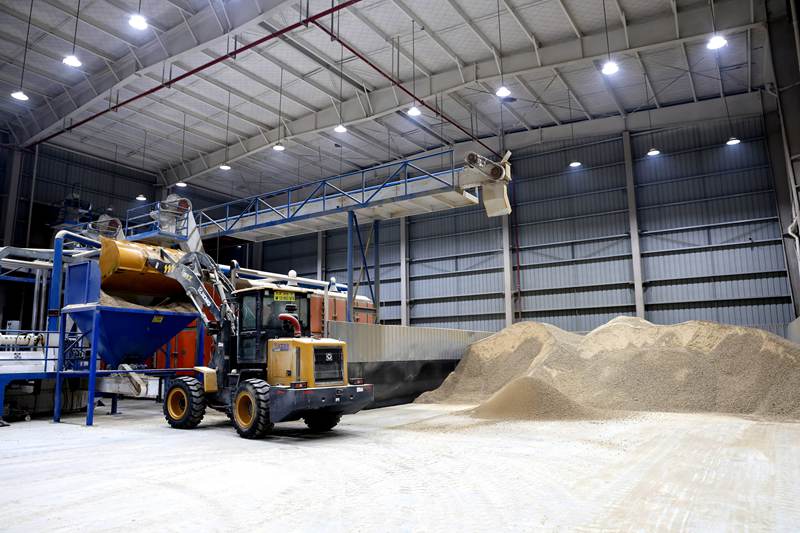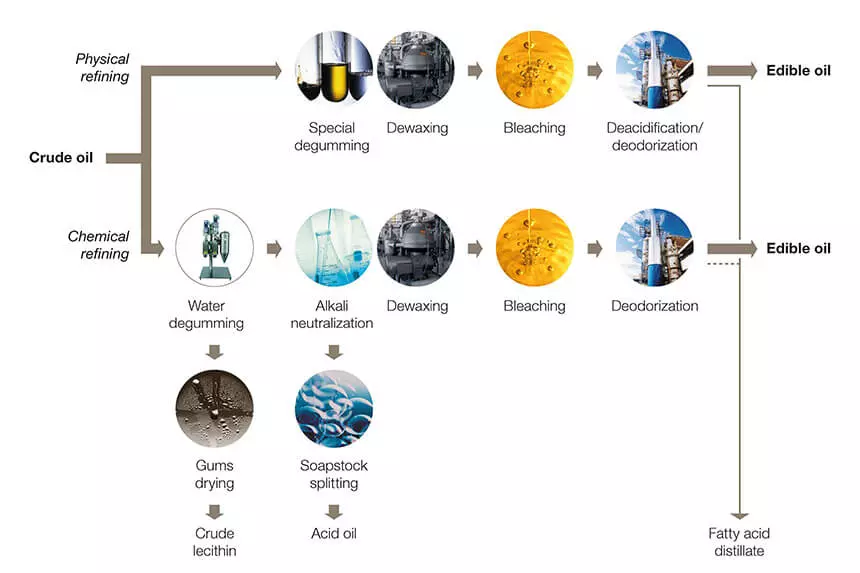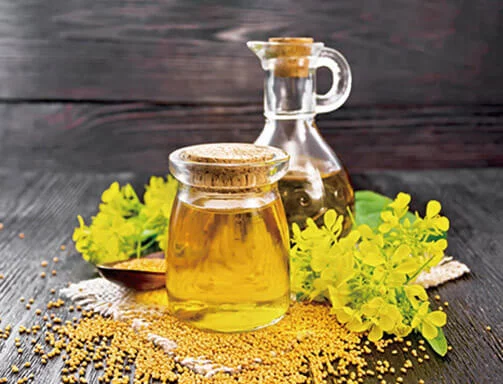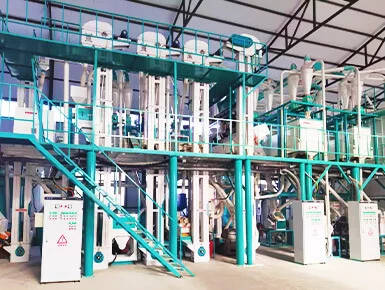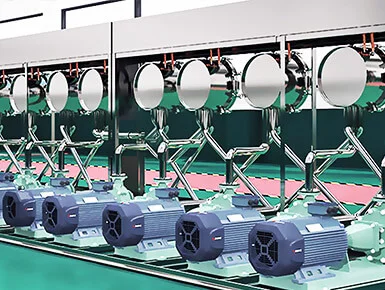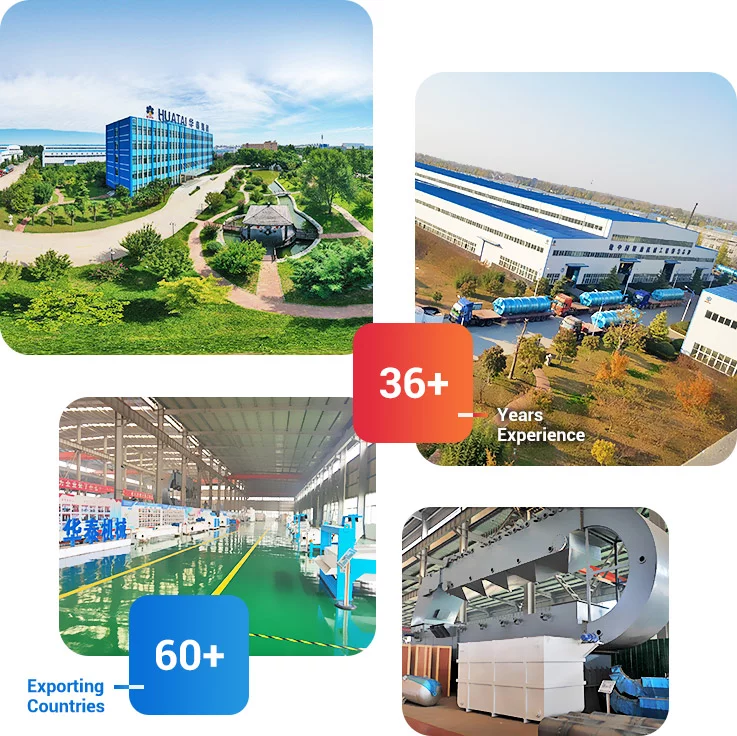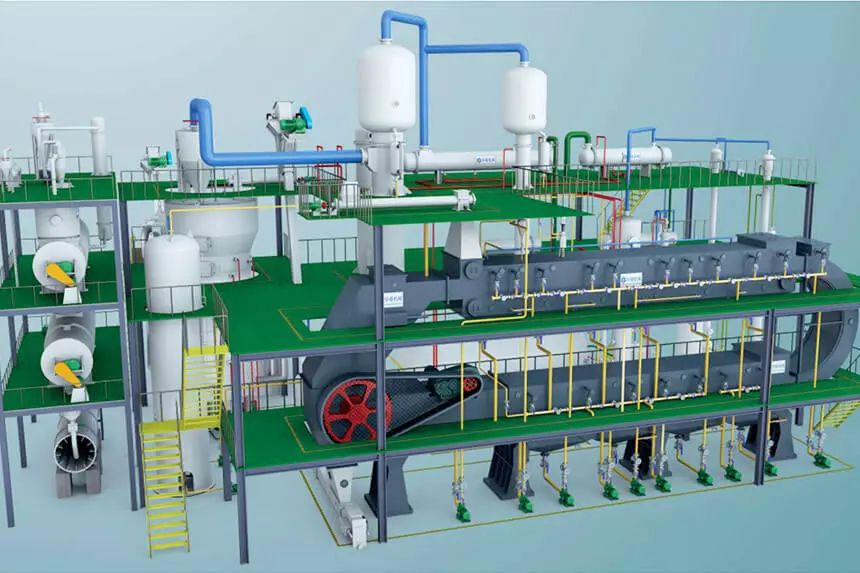
Introduction
Rice bran oil is extracted from the bran and germ layers of rice. They are rich in oil fats, vitamin E and antioxidants.
The rice bran oil extraction process consists of several steps, pretreatment, puffing, solvent extraction, by-product treatment, refining and packaging. Each stage is designed to maximize oil yield and ensure purity.
In this guide, I'm going to walk you through the complete rice bran oil processing process in step-by-step detail.
![Rice bran cleaning in the pretreatment process]()
Step #1: Rice Bran Pretreatment Process
Rice bran pretreatment process removes impurities and improves the physical and chemical properties. Thereby, efficiently extracting rice bran oil.
Cleaning
The raw rice bran is first cleaned using a vibrating screen to remove impurities such as broken rice, rice husk, stones, dust and other foreign matter.
This step ensures the quality of the oil and prevents machine damage during subsequent processing.
Conditioning
Conditioning is to adjust the moisture content of the rice bran to facilitate extraction.
Water or steam is added to achieve a moisture level of about 10-15%. This softens the bran and prepares it for pelletizing. Conditioning involves heating to rupture oil cells and eliminate moisture as steam.
Pelletizing
Because rice bran is naturally powdery, it can impede solvent penetration. Therefore, the bran needs to be pressed into uniform granules to improve solvent penetration and extraction efficiency.
Depending on the scale of production, can use horizontal, vertical or extruder type pelletizers.
![Rice bran puffing machine]()
Step #2: Rice Bran Puffing Process
The rice bran puffing process breaks down the rice bran cellular structure and inhibits lipase activity. It is easier to extract the oil fats and prepare for solvent extraction.
Heat treatment
The conditioned pellets undergo heat treatment, 170-210°F (77-99°C) for 15-70 minutes, reducing moisture from 14-26% to 6-18%. To prepare them for extrusion.
Heat treatment deactivates lipase enzymes, can cause rancidity and helps rupture the oil cells, facilitating better oil release during extraction.
Extrusion and Puffing
The heated bran is forced through an extruder under high pressure, causing it to expand and puff. (Read more about: rice bran extrusion extruder >>)
Extrusion and puffing can break down the bran’s cellular matrix, increase porosity and permeability, and increase solvent accessibility.
Drying and Cooling
After puffing, the bran is dried to reduce moisture. Using flake driers or coolers cooled to 100-120°F (38-49°C).
Drying and cooling prepare the puffed bran for solvent extraction. Proper temperature and moisture levels maximize extraction efficiency.
![Rice bran oil solvent extraction process]()
Step #3: Rice Bran Oil Solvent Extraction Process
The method of rice bran oil extraction is divided into mechanical pressing method and oil solvent extraction method, and the mechanical pressing method is used for small scale production.
Oil solvent extraction method has high efficiency and is widely used in industrial scale, the oil yield can reach 18-22%.
- Main Extraction: The puffed bran is mixed with hexane in a solvent extractor. The solvent percolates through the bran, forming miscella (oil-solvent mixture). Separated from the defatted bran cake. This is done in a closed system for safety.
- Desolventizing: Filtering the oil mixture to remove solids and into a desolventizer. The solvent is evaporated, leaving the crude rice bran oil. The bran meal is also desolvated separately.
- Distillation: Distillation of the oil mixture to separate the solvent from the crude oil.
- Solvent Recovery: Heating bran meal to evaporate the residual solvent, the recovered solvent is recycled back into the extraction system, reducing waste and lowering operating costs.
Step #4: By-product Meal Treatment
Degreased rice bran meal is rich in protein and fiber. Though desolventized to remove residual hexane. It can be used as animal feed, biomass or other value-added products.
Proper treatment ensures the removal of residual solvents and contaminants, resulting in a safer and more nutritious rice bran meal.
![Rice bran oil refining process]()
Step #5: Rice Bran Oil Refining Process
Crude rice bran oil contains impurities such as free fatty acids, phospholipids, waxes, pigments, and odors. Though refining can remove it for edible quality.
- Water degumming: Through hydration and enzymatic separation, removes phospholipids and gums, improve the stability of the oil.
- Dewaxing: Crystallize and filter high melting point waxes to prevent turbidity in the oil during refrigeration.
- Primary decolorization: Using bleaching earth or activated charcoal remove pigments, residual soaps and metallic contaminants, followed filter.
- Deacidification: Neutralization to remove free fatty acids to improve taste and extend shelf life.
- Secondary Decolorization: Further purification to enhance the color and quality of the oil.
- Deodorization: Under vacuum conditions, use steam distillation to remove volatile compounds responsible for undesirable odors and flavors.
- Winterization (optional): To remove high melting point triglycerides that cause turbidity at low temperatures to ensure a clear oil.
Each refining stage uses specialized equipment designed to optimize purity while preserving beneficial nutrients.
![Rice bran oil production process]()
Step #6: Rice Bran Oil Storage and Packaging
Proper storage and packaging will maintain the quality of refined rice bran oil and extend its shelf life.
- Store away from light: Since light accelerates oxidation. Therefore, the oil should be stored in opaque or dark colored containers.
- Protect from Nitrogen: Nitrogen protective packaging prevents oxidation by displacing oxygen.
- Low temperature storage: 20°C (68°F) cold storage conditions slow oxidation, thereby extending shelf life.
Final packaging forms include bottles, drums or bulk containers for distribution.
Conclusion
The rice bran oil extraction process includes a series of complex processes such as pretreatment, puffing, solvent extraction, refining and packaging. The use of advanced rice bran oil machinery and optimized processes ensures the efficient production of high quality rice bran oil that meets nutritional and commercial standards.
Huatai Intelligent Equipment Group has 7 national patents for rice bran oil production line, extrusion processing, refining equipment, etc. Our production process and equipment adopt fully automatic intelligent self-control devices and technologies, and fully closed operating systems to avoid oil oxidation and ensure the high quality and stability of the product. If you want to start a rice bran oil business, contact us now for advice!
References:
![]() Service Coverage
Service Coverage
![]() FAQ
FAQ


